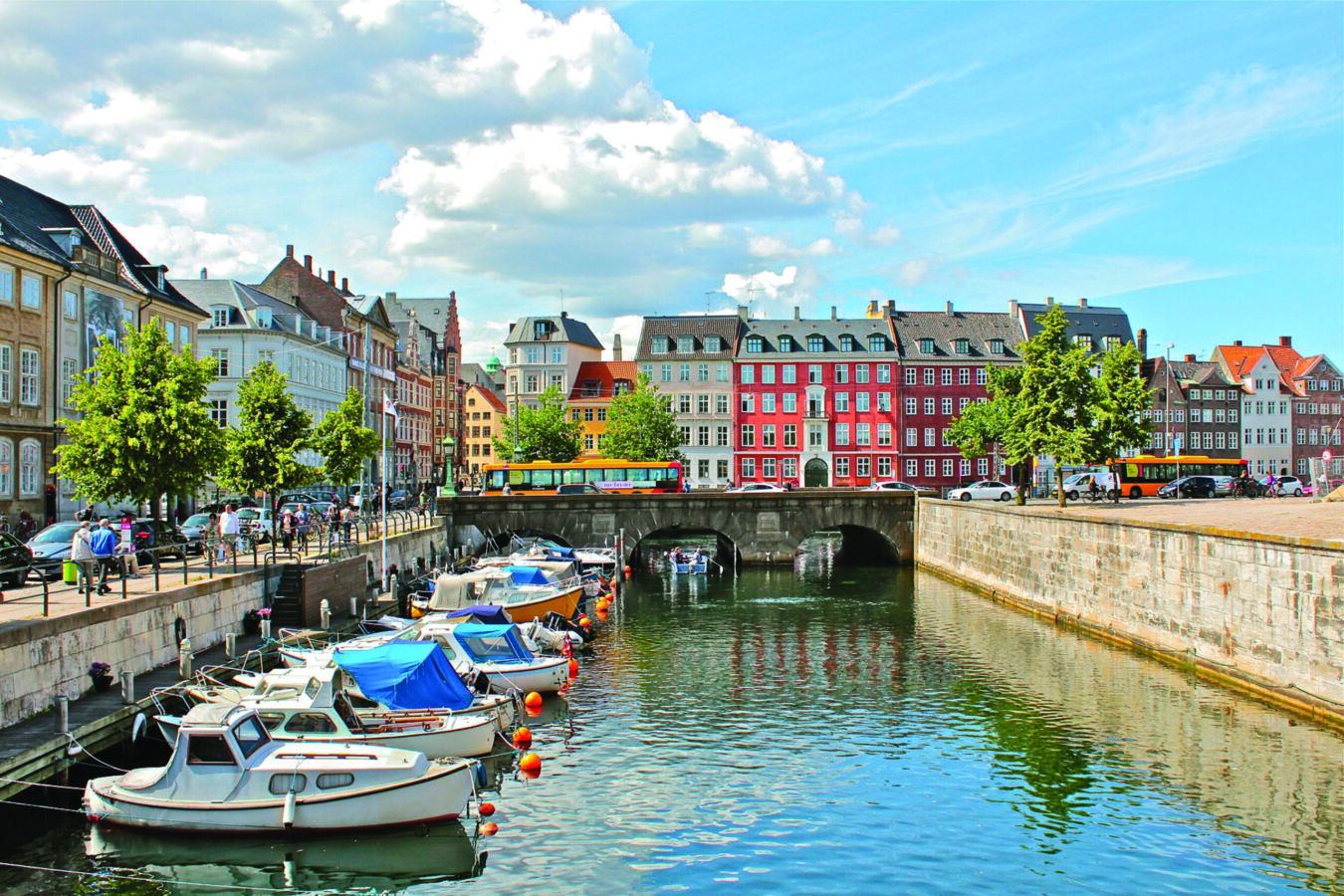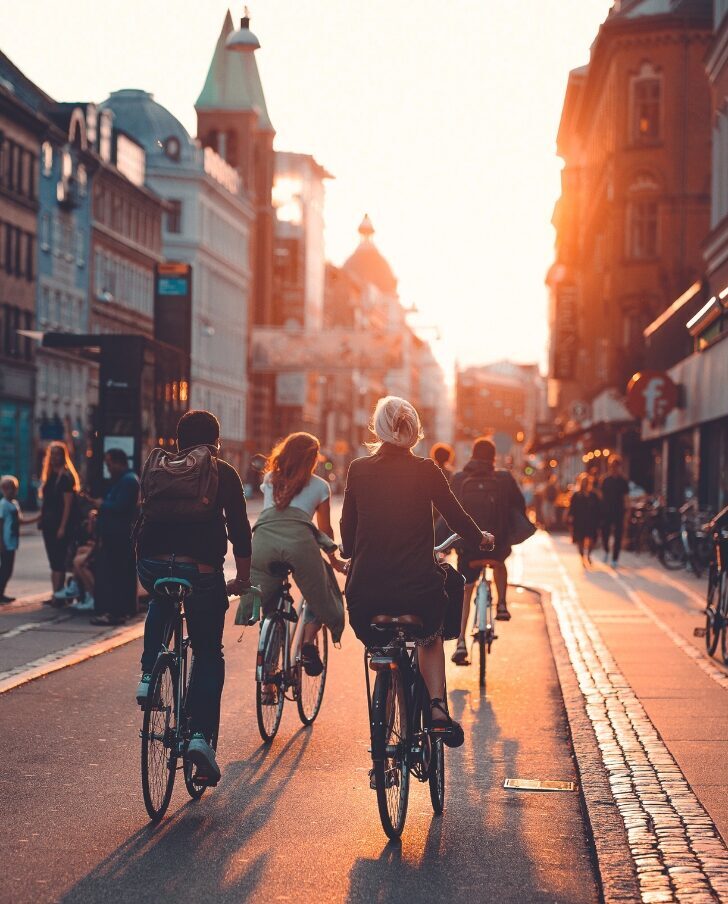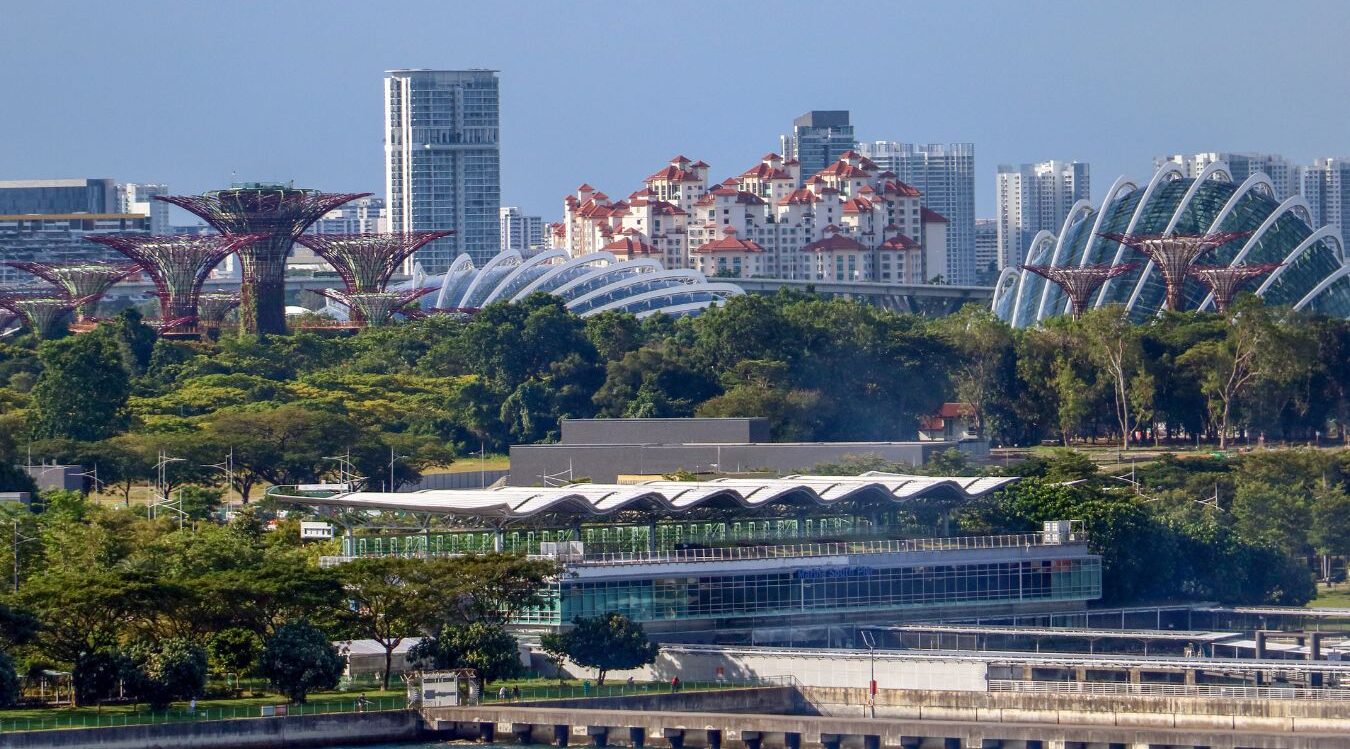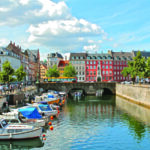
Europe has the most sustainable cities in the world, studies reveal
Sustainable cities may sound an oxymoron as most cities in the world are climate change hotspots, amounting for the largest share of carbon emissions and pollution. Yet, with rising awareness amongst citizens about sustainability, at least in the developed world, some cities have begun taking concrete steps to cut their emissions, mainly from transport and energy.
The move towards sustainability helps the cities not just become more liveable and pleasant, but they also position them strategically on the global tourism map especially as travellers begin to hunt for sustainable travel experiences. Many European cities have already taken steps that make them attractive to travellers. According to the Arcadis Sustainable Cities Index 2022, Europe has the most sustainable cities in the world while cities in the United States lag behind despite having strong economies.
The global design and consultancy firm’s study demonstrates that in a world confronted with a series of challenges like climate change, urbanization and dwindling resources, cities must pursue sustainability in order to be truly prosperous. Based on these parameters, its sustainable cities index measures 100 global cities ranked based on 51 metrics, across 26 indicator themes, arrayed under the three pillars of sustainability: planet, people and profit. Here are some of the top performers in the index:

Copenhagen facilitates pollution-free public transportation
Copenhagen, Denmark
The Danish capital facilitates pollution-free public transportation and infrastructure such as extensive tracks for bicycling and walking. With extensive rainwater harvesting and green architecture elemental parts of its planning, Copenhagen has been recognised as a global leader in climate action by the non-profit organisation CDP Cities.
Global Destination Sustainability Index has consistently ranked Copenhagen as one of the top cities in its Sustainability Index, which evaluates cities’ sustainability performance based on social, environmental, and economic factors. Cycle over one of its bridges to see floating saunas sourced out of local wood, natural swimming pools, and hydrogen-driven taxis in the city that aims to become one of the first carbon neutral capitals by 2025.
Amsterdam, Netherlands

The Cycling Capital of the World is a powerhouse of eco-consciousness
Cruise through the canals or take a bike ride on one of the 800,000 bikes in the city, the iconic Cycling Capital of the World is a powerhouse of eco-consciousness. In the Arcadis Sustainable Cities Index, Amsterdam has continuously earned high rankings. While the world battles with climate change, Amsterdam was recognised by Climate Action Network Europe as one of the most climate-friendly cities in Europe. Sprawling 47 hectares of pure, untarnished greenery in Amsterdam’s Vondelpark that is also known to host around 1 million visitors annually.
Reykjavik, Iceland

Reykjavik has 411 square metres of green space per person
With 411 square metres of green space per person, the city of bold contrasts Reykjavik is setting the bar for cities around the globe whether it be beauty or sustainability. It boasts of the top spot on the Green Cities Index for 2018. Geothermal power is used for its citywide district heating, making the country nearly energy independent. Renewable energy generated by Iceland’s distinctive topography accounts for a significant portion of the country’s global leadership in geothermal district heating and renewable energy. Reykjavik has also received EarthCheck certification, which honours eco-friendly travel destinations that have proven their dedication to social and environmental sustainability.
Berlin, Germany

Berlin’s green status is attributed to a number of innovative projects
Along with having an array of parks and gardens, open spaces, forests, and urban gardening initiatives, Berlin’s green status is attributed to a number of innovative projects that actively implement climate protection in urban areas, such as solar-powered ferry connections, eateries that send their composted food scraps back to the organic farmer, or eco-friendly festivals like the Greentech Festival. The historic city of Berlin has been recognised as a FairTrade City and exhibits dedication in the social realm as well, according to a statement by the convention centre Visit Berlin. Like rest of Germany, Berlin has also made an aggressive push for setting up collection points in shops for used plastic bottles and for replacement of plastic bottles with glass.
Medellin, Colombia

Medellin’s goal is to reduce carbon emissions by 20 pc by 2030
Medellin, a beautiful city in the Andean ranges in Colombia, boasts of well-maintained foliage of trees lining its roadways, waterways and underpasses. Green corridors of the city, hailed as the ‘window to Colombian culture’, were introduced between 2016 and 2019 to mitigate the impact of climate change. But even before that, in 2013, the United Nations recognised Medellin as the ‘City of the Year’ for its transformation into a sustainable city, while Global Destination Sustainability Index 2019 ranked Medellin as the second most sustainable city in South America, based on factors such as environmental performance, social sustainability, and industry supplier support.
Medellin’s goal is to reduce carbon emissions by 20 pc by 2030 as part of the administration’s strategy to make Medellin an eco-city. By 2030, there would be 26 interconnected public transit lines, 50 pc more bike lanes, 50,000 additional electric bikes for public rental, and a doubled number of interconnected public transportation lines.
Cape Town, South Africa

Cape Town is considered to be the most sustainable city in Africa
The bustling metropolis at the far end of the African continent has made investments in cleaner public transportation, a network of cycle lanes, and renewable energy towards a greener future. According to the Corporate Knights Sustainable Cities Index, the city of Cape Town in South Africa is considered to be the most sustainable city in Africa. Cape Town pioneered the use of wind farms for energy back in 2008 and is working to promote an idealised outdoor lifestyle where the city has invested in safe-cycle lanes and services like My CiTi. This enables bikes on buses for free to assist people move around without a car. Eco- conscious Cape Town residents are also employing solar panels and cultivating their own vegetables.

San Francisco has added numerous bike lanes winding through the city
San Francisco, USA
Spearheading the environmental leadership in the United States, the Californian city made pioneering strides towards preserving its environment with initiatives such as the nation’s first extensive urban food waste and composting programme since 2009. As a result, greenhouse gas emissions are currently 12 pc lower than they were in 1990. San Francisco has added numerous bike lanes winding through the city to provide pollution-free and efficient routes for cyclists. Several of these bike lanes are protected, which means that they have actual barriers separating riders from automobile traffic.
The Golden Gate city’s innovative solutions have led to a more sustainable lifestyle for the residents of this iconic setting, maintaining that picture-perfect reputation. Innovative approaches adopted by the Golden Gate city have prospered sustainability and retained its enviable image. Be it the LEED certified Golden Gate Park or the San Francisco Botanical Garden with its urban-greenery mélange of over 9,000 different types of plants, San Francisco is a green canvas for any traveller to explore.
Masdar city, UAE
Hailed as a ‘Futuristic Green City’ in the middle of the desert, Masdar is being developed as the most sustainable urban city in Abu Dhabi. Though it already has about 6,000 people living there, Masdar is set to be completed by 2030, when it will be home to about 50,000 persons.
The USD 15 billion city is committed to using solar power and other renewable energy sources. Transportation here is based on electric vehicles and Personal Rapid Transit (PRT) systems that do not emit any carbon dioxide. Masdar city is intended to be a sustainable urban living example with zero waste and carbon emissions. A global model for development not only in Asia but globally for its eco-initiatives, Masdar has achieved LEED Platinum certification, which is the highest level of certification for green building design and construction.
Oslo, Norway
Norwegian capital Oslo is also among the top in the Arcadis Sustainable Cities Index 2022. It was one of the first cities in the world to incorporate wireless charging infrastructure for electric taxis. Nestled at the tip of the Oslofjord in Norway’s southern coast, Oslo earned its green city reputation through various improvements made to the ecological surroundings, public transportation infrastructure, and cycling lanes, as well as to a vast network of streams and rivers that have undergone rehabilitation and public access. Wildlife areas in Oslo are also protected from development by the city’s Green Belt Boundary. The city has also become the first major city in the world where all taxis are e-vehicles.
Singapore

Singapore is working to reach zero-waste landfills
The Southeast Asian ‘Garden city’ nation has put in place a Green Mark Scheme to encourage the creation of sustainable buildings that honours structures that use sustainable materials, contain energy-saving features, and employ water and waste management techniques. Following the implementation of the Singapore Green Plan in 1992, which addressed issues of clean water, clean air, and clean land, Singapore has evolved into an island- wide network of parks, increasing the country’s 46 pc green cover. By the middle of the twenty-first century, the lush island hopes to have no waste in landfills.

















